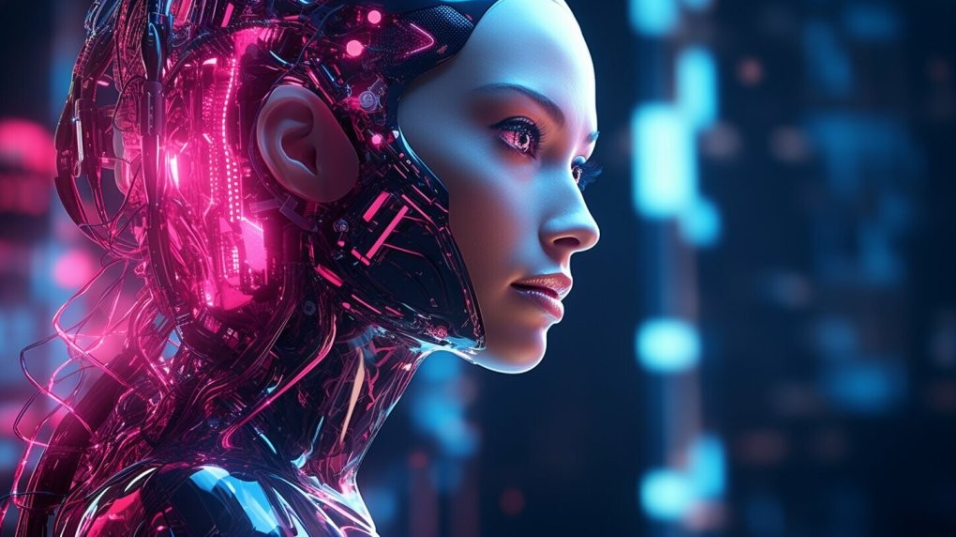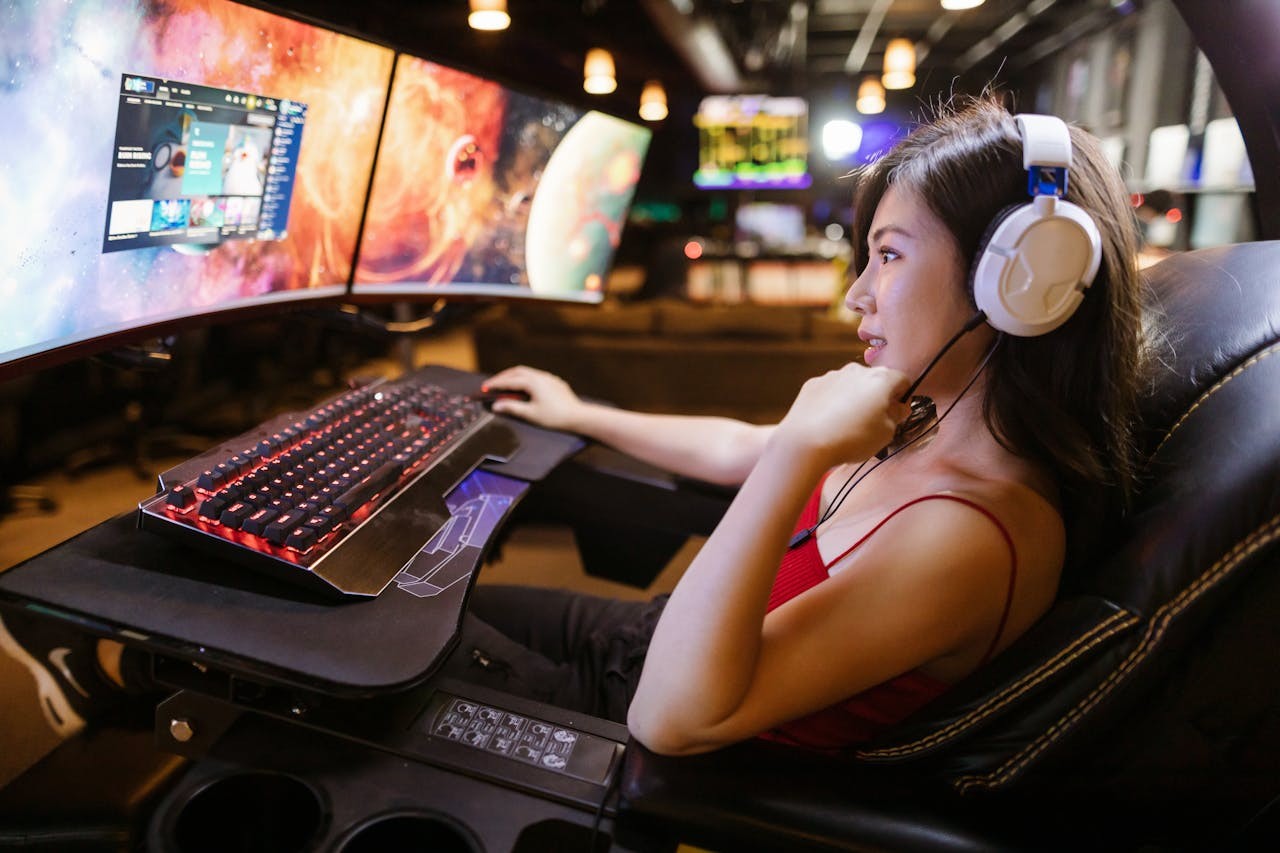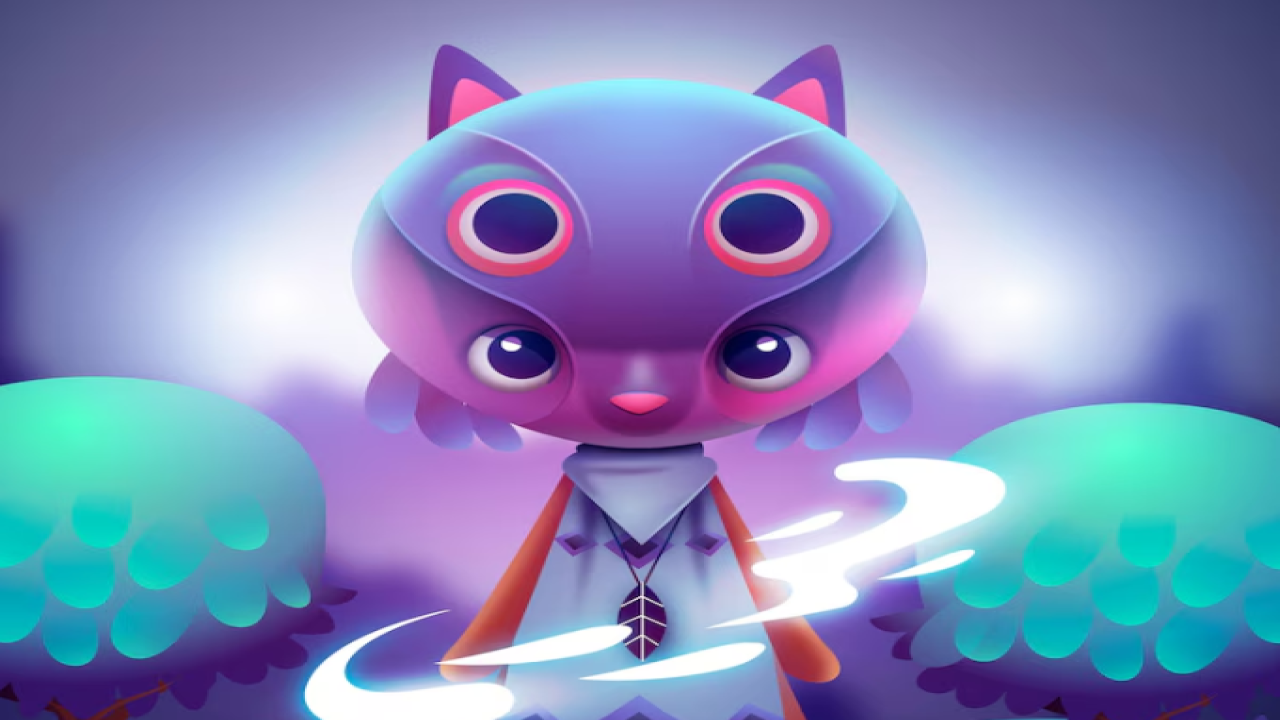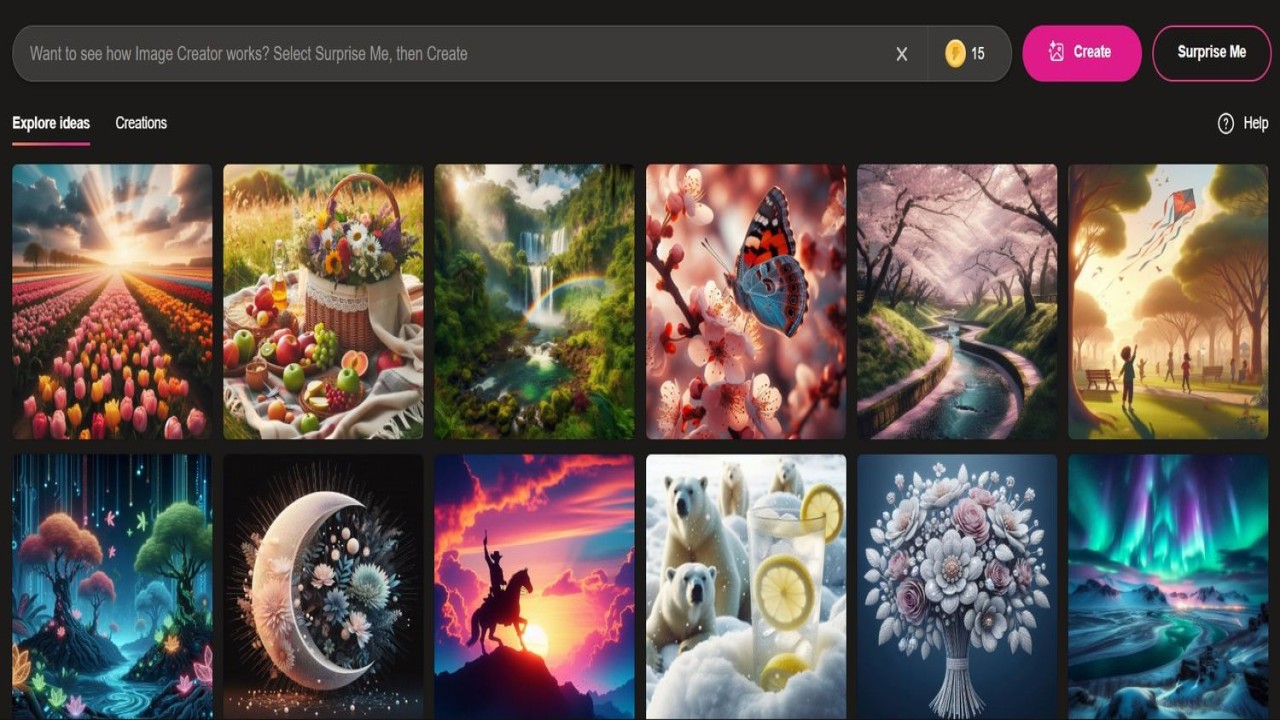The Role of AI in Hyper-Realistic Character Design
For a long time now, the designers and animators in various industries ranging from film and gaming to virtual reality have been dreaming of developing super-realistic characters that really embody every little detail of human expression, movement, and emotion.
In the course of technological progress, the AI is really turning into the primary focus in the process of introduction of digital characters into the real world, thus making them more lifelike and believable than ever before.
By the means of machine learning, neural networks, and other AI tools, the creation of hyper-realistic characters has shifted from being a tedious method to a fully automated system that consequently improves the accuracy, efficiency, and scalability at the same time.
How AI Is Revolutionizing Character Creation

1. Automated Facial Recognition and Mapping AI: Accomplishes the replication of human faces using facial recognition software which identifies them in pictures and in motion and the resulting few years.
The success of this particular software rests in the combination of this enormous amount of information that facial muscles and expressions provide to the software and the designers’ skills to appropriately apply it to images to create convincing and lifelike digital characters.
As opposed to the long process of animating each facial expression by the designer, AI facial mapping can be used to a quickly and easily replicate emotions.

2. Natural Language Processing (NLP) for Dialogue Creation: To actualize plausible conversations between characters and users, AI stands at the threshold through NLP, making believable dialogue systems possible.
AI-based characters have the ability to understand and respond to user inputs, making this future possible by design of natural conversations that can reflect the grounds of interaction.
Moreover, in games, normal conversations helped story characters come through along with the right character statistics and elements that the user might have taken into account.

3. Motion Capture and AI-Powered: Animation So, the blend between motion capture technology and AI makes the designers' task of sketching the subtleties of humans no more with all that has court.
Motion capture catches a person’s actions and transfers that information to a digital character. The one with the data is AI, which rejuvenated a stuttering character over time to become more lively instead of looking mechanical all the time, thereby maintaining immersion.

4. AI in Procedural Content Generation: Procedural content generation through AI is the production of dynamic environments and characters with little human input.
In the gaming scenario, AI algorithms develop vast, intricate worlds and densely populate them with characters who have completely different appearances, movements, and interactions from each other.
Because of this, developers have the chance to create wide-ranging and lively experiences with each object being designed manually.

The Evolution of Hyper-Realistic Character Design
The hyper-realistic character design of the journey has been marked by a number of significant milestones, each of which has transformed the sector in its own particular way. Here is a brief summary of the different stages through which this process has developed:
In digital character design's early years, artists were using manual techniques to get an effect of realism.
3D modeling software was used in the beginning to make the main structures, and the tools for rendering added textures and shadows to make the characters more realistic.
Nevertheless, such procedures were very time-consuming and required the best skills to get the level of realism that was only a moderate one.
This process was physically time-consuming, sometimes a single character could be completely developed in months or even years, especially if it was in a high-budget production.

Integration of Machine Learning
Machine learning altered the playing field by bringing in data-based techniques for character creation.
Unlike the one-to-one crafting of each detail, designers could feed large datasets of human features and movements into a system that allows learning and recreation of these characteristics.
The time needed for character designing was reduced as a result of this shift, and it also allowed for far greater complexity.

Advancements with Deep Learning and Neural Networks
Deep learning and neural networks made realism zooming to new heights. Deep neural networks allow AI to process huge amounts of data thereby recognizing patterns in human expressions, & signs, and even speech.
By the use of big datasets, they are able to produce images that are so close to reality that we have never before thought possible.

Growth chart of Global Generative AI in Gaming Market

The above given is a bar chart of 'Global Generative AI in Gaming Market' presenting the anticipated marketing growth from 2022 to 2032.
Market Growth by Year:
The bar graph shows the beginning of market growth at $822 million in 2022 and ending at $7,145 million in 2032. Each year, the bar showing the market growth graph is divided into five segments representing the contribution of each of the five functions thus formed to the total market size.
- Market Growth Bar starting at $822 million in 2022 and increasing every year, reaching $7 billion in 2032.
- Every year, there is a bar that is then further divided into the five areas representing those individual parts, thereby presenting their shares in the entire market size.
Growth Rate:
The image shows that the CAGR is 23.3%, which is the Compound Annual Growth Rate.
Forecasted Market Size for 2032:
One of the highlighting point is that, the estimated market size is $7,105 million by 2032.
Industries Leveraging Hyper-Realistic AI Characters
Hyper-realistic characters are a game-changer in numerous sectors will launch not only the video gaming but also across the healthcare sector. Some areas where character design based on artificial intelligence is rocking the boat are shown below:
1. Gaming and Interactive Entertainment
The most prominent beneficiary of this trend is undoubtedly the gaming industry which has introduced hyper-realistic AI characters.

In-game NPCs (non-playable characters) that behave unpredictably and therefore empower the player to have a flawless game, as well as main characters whose facial gestures nearly match real human emotions, are all examples of artificial intelligence enriching gaming companies to experiment with the deep levels of immersion and interactivity.
Games capable of free movement have experienced enormous growth due to AI over having the technology make worlds that are filled with a wide variety of realistic and dynamic characters easy by the developers.
2. Film and Animation
One of the industries that has been strongly using AI in Filmmaking is the movie industry in the computer-generated imagery (CGI) sector and animation fields.
No longer are resting the need for expensive actors and buildings in many scenes where the motion-captured digital humans are all but indistinguishable from the actual human actors for the cost saving of effect.
The producers create AI-based digital designs to potentially rebuild histories, show up fantastic creatures, or even combine certain parts of a real actors' performance all for providing the viewers with a cinematic show they have never seen before.
3. Virtual Reality (VR) and Augmented Reality (AR)
In VR and AR, real looking characters are the main factor to creating immersive experiences.

Virtual Reality (VR) training simulations: AI-driven characters help students practice scenarios with realistic, human-like avatars. Avatars in medicine and retail VR and AR applications are now more and more common which makes the virtual experience so powerful that people really get into it.
AI characters are also being introduced in healthcare, where they play the roles of virtual therapists, or caregivers, or are used as training tools.

Emotions and communication are mimicked by these avatars which are extremely precise and believable, thereby facilitating mental health treatment on a different emotional level.
Moreover, the healthcare training programs use AI characters to simulate real patients which lets professionals practice procedures and bedside manner in a risk-free environment.
Tips for Getting Started with AI in Character Design
- Leverage Pre-trained Models: There are quite a few companies that provide AI models that are pre-trained, e.g. facial recognition and NLP, and you can easily embody them into your operations.
- Experiment with GANs and Deep Learning Frameworks: Open-source platforms, such as TensorFlow and PyTorch, are backed by large user bases with the corresponding training materials, which reduces the deep learning complexity.
- Explore Cloud-Based AI Solutions: Google Cloud, AWS, and Azure are now able to deliver products to clients that are both scalable and inexpensive, which is something that a small team definitely needs.
- Invest by the Motion Arts Institute: Studios like the Avatar that are more relatable to movie-eyes can considerably benefit from mocap technology.
Bringing Digital Characters to Life with AI

It is obvious that artificial intelligence has become an indispensable engine in the animation industry in recent times.
The new technologies enable animators to fine-tune the everyday tasks, the development of more lifelike and natural-like elements, the writing of scripts and storyboards, as well as teaching them how to create their own narrations.
As the world is full of numerous tools that were formerly cloistered technology and are now open to every Jack and Jill, animators can adopt various technologies to better the quality of their productions.
An example of analogous software is contextual TTS which lets producers, animators, and content creators create voices for their beloved characters. This will save resources and time on actor audition and absence of a voice actor that perfectly fits the role.
FAQs on AI and Hyper-Realistic Character Design
How to create a realistic character with AI?
We can create a realistic character with the help of some tools like character.ai or Tickles.ai. These ai tools allows users to create and interact with personalized characters and it offers dynamic and conversational experiences.
Can AI do character design?
Yes, AI can assist in character design by generating visual concepts, suggesting styles, and creating detailed character illustrations based on user input or prompts.
What is the best AI for character design?
Some best ai tools for drawing character design are: Artbreeder, MIdJourney, DALL-E, Runway ML
What is the AI that makes art more realistic?
AI tools that make more real-like art usually use generative adversarial networks or diffusion models. Famous ones are DALL-E 2, MidJourney, and Stable Diffusion. They learn from many real images to create very detailed art.
Also Read: Challenges Designers Face When Using AI-Generated Images











Comments (0)
No comments found